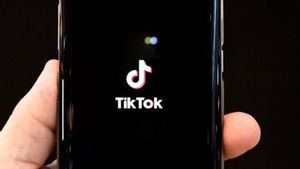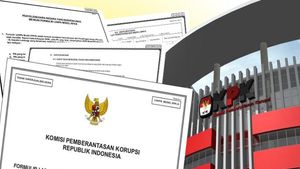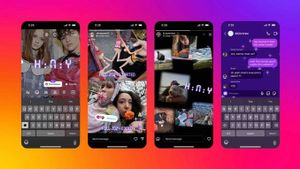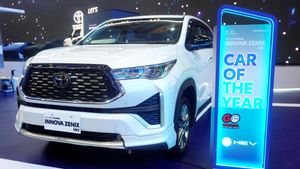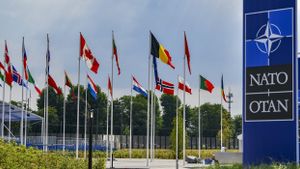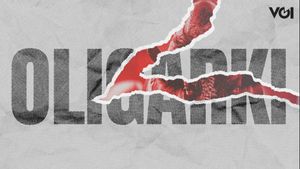JAKARTA - Telkomsel invites Ericsson and Qualcomm Technologies Inc to work together to test new frequency spectra of 3.5 GHz and 26 GHz.
The spectrum has already received permission for a trial by the Ministry of Communication and Information (Kemenkominfo).
"We hope that the trials that have been carried out can contribute to the ecosystem development process and accelerate the development of 5G network technology to make it more mature," said Director of Resources Arrangement of the Ministry of Communication and Information, Dr. Denny Setiawan, in his official statement quoted by VOI Thursday, March 2.
The three companies initiated a Fixed Wireless Access (FWA) 5G Access trial with an affordable Sub-6 and millimeter-wave (mmWave) Extended Range spectrum along with last-mile gigabit connectivity through affordable 5G Sub-6 and mmWave devices, also considering specifications for Telkomsel network technology.
Through this collaboration, Telkomsel, Ericsson, and Qualcomm prepared a more optimal 5G capacity with low latency features, using Ericsson's 5G NR-Dual Connectivity technology in the 3.5 GHz and 26 GHz frequency spectra.
"Together with our infrastructure and technology provider partners, namely Ericsson and Qualcomm, now Telkomsel are continuing their collaboration to expand the development of the 5G-based Fixed Wireless Access technology roadmap in Indonesia," said Telkomsel President Director, Hendri Mulya Syam.
This latest collaboration is also a continuation of the Extended-range 5G technology trial that was previously demonstrated using Ericsson's extended-range software.
Such as the Massive Ericsson MIMO AIR5322 and the Qualcomm Fixed Wireless Access Platform Gen 2 on the Snapdragon X65 5G modem-RF and Qualcomm QTM547 mmWave Antenna module which were successful with the 800 MHz bandwidth at 26 GHz mmWave, and was also permitted by the Ministry of Communication and Information last year in Lake Toba, North Sumatra.
Now, the collaboration roadmap has been expanded to be the first in Indonesia by presenting 5G STANDalone NR-DC (Dual Connectivity) which combines 100 MHz bandwidth at 3.5 GHz and 800 MHz bandwidth at 26 GHz for very large capacities, lower latency, and a peak throughput speed of up to 7.37 Gbps.
Meanwhile, the very lightweight Massive Ericsson MIMO AIR3268, Radio Processor 6651, Cell Site Gateway, and 5G Core provided to support 5G network slicing, combined with the EU Route Selection Policy (URSP) feature on commercial handsets using Android 12, which will ensure the best user experience on the Telkomsel network.
"Ericsson is pleased to demonstrate the latest 5G technology in Indonesia with Telkomsel and Qualcomm. This is part of Ericsson's commitment to supporting Telkomsel to expand the reach of the 5G network in Indonesia, which includes remote rural areas to dense urban areas," explained Head of Ericsson Indonesia, Jerry Soper.
"Through this collaboration, we support digital transformation and accelerate Indonesia's journey to become an inclusive digital economy country," he added.
The three companies have also signed the MoU in conjunction with the 2023 Mobile World Congress (MWC) at Barcelona, as a form of commitment to the sustainability of collaboration which will expand the benefits of various digital-based solutions in the future.
"By equipping the operator and Original Equipment Manufacturer (OEM) with cost-effective technology and can reach all points, we can empower consumers and companies with the best 5G connectivity for homes and businesses, including areas that have not been reached by the 5G network," said Vice President Qualcomm Technologies, Inc., ST Liew.
For information, future network technologies such as 5G will play a major role in achieving Indonesia's digital inclusion goals, especially in presenting leading digital connectivity, from cities to remote areas of the country.
The English, Chinese, Japanese, Arabic, and French versions are automatically generated by the AI. So there may still be inaccuracies in translating, please always see Indonesian as our main language. (system supported by DigitalSiber.id)






